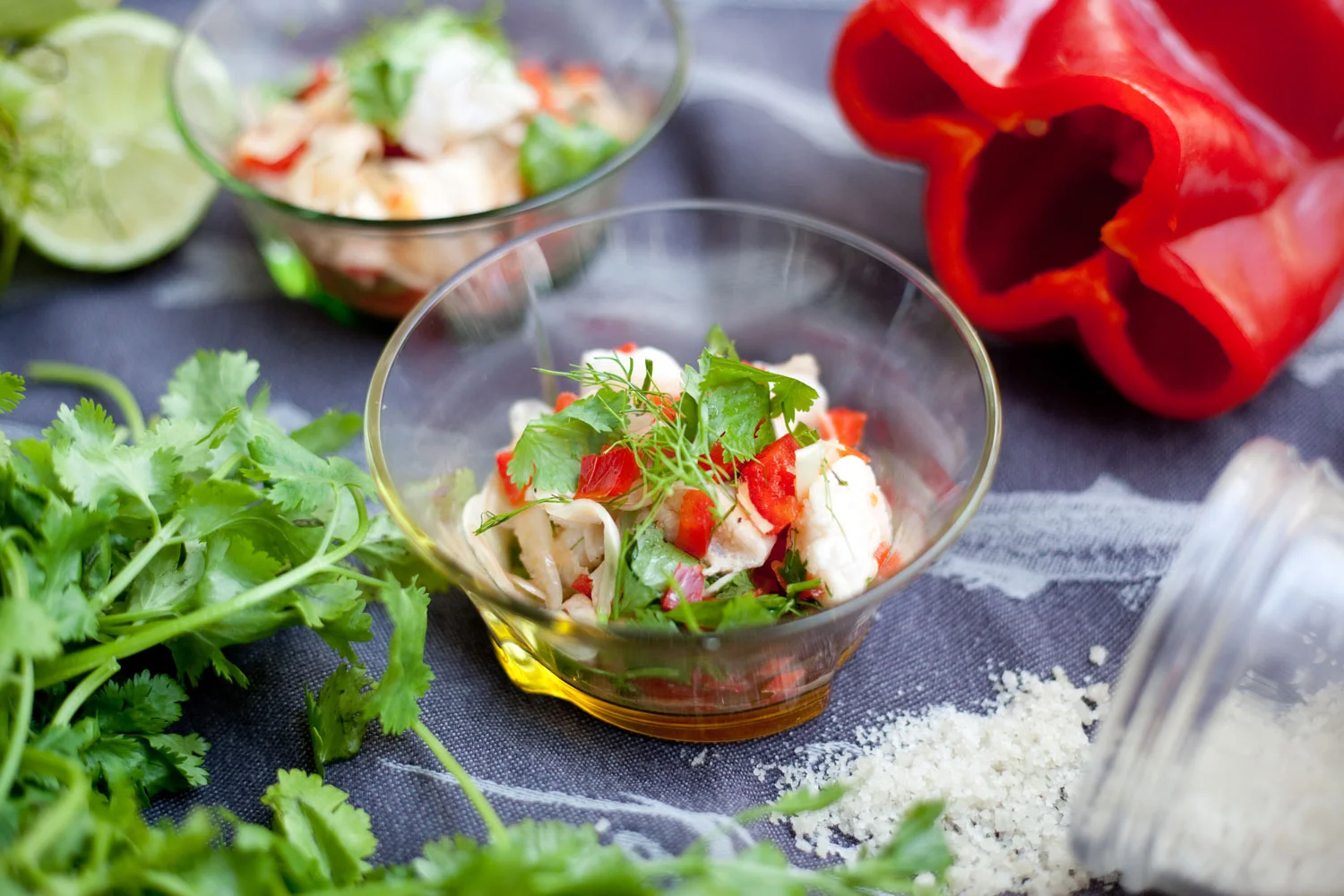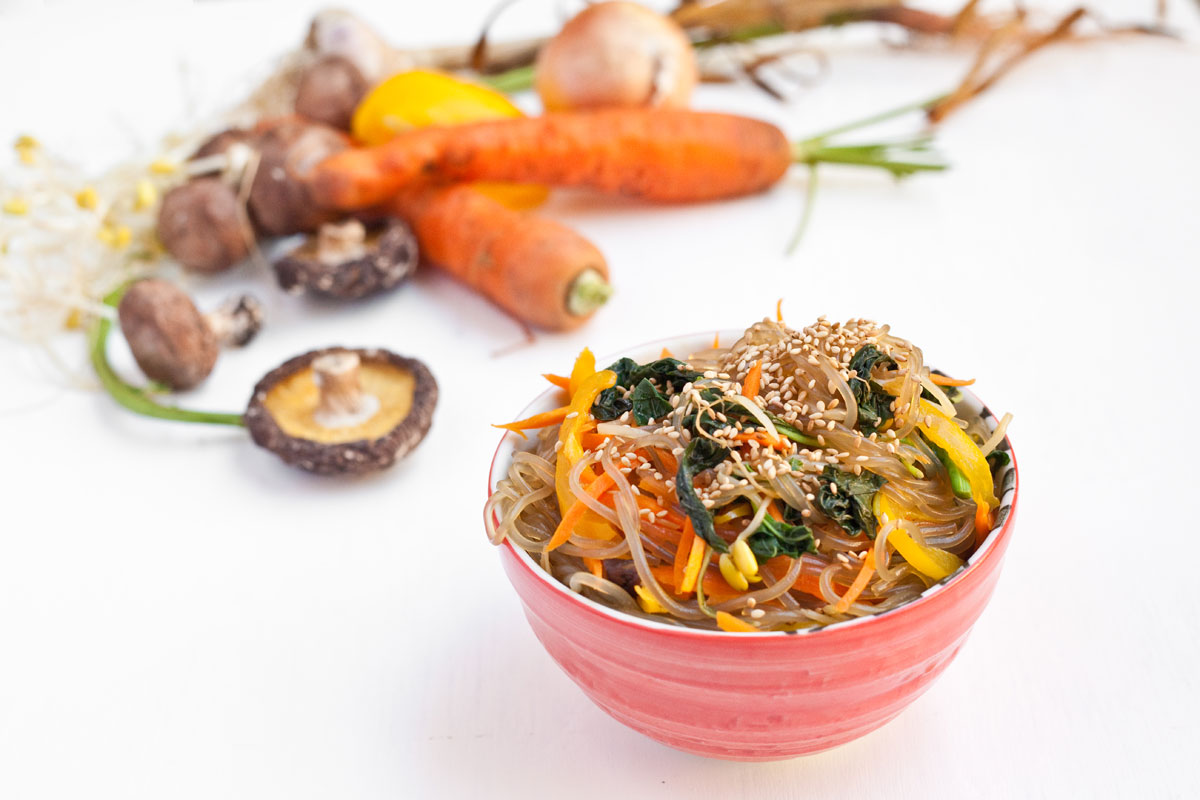It’s a bird…It’s a plane…It’s a patty pan! For those who don’t know, it’s a summer squash that has an eye catching disc-like shape, kind of like a flying saucer. Well, it certainly caught my eye. I mean, I’ve seen it before but never dared to buy it. It’s pretty and all but who knows what it’s like on the inside.
Mushroom and corn risotto served in a scallop shaped patty pan.
I am just resigned to own this vegetable since it turned up in my AMAP ( CSA ) basket this week so I started to procure recipes from my fellow Amapien members. There’s a photo of my AMAP pick-up spot here. It seems like most people like to make gratins out of things that are tasteless. I was beginning to wonder if this was what my scallop shaped squash had to offer me.
I was adamant on keeping its shell as a decorative serving piece so all I had to do was stuff it, right? I love eating rice with most anything so I decided on making a risotto since it’s creamy in its own right and not in a gratin-like way. It turned out to be a great combo. I kept the patty pan flesh cooking in its shell and simply scooped it out when cooked and left it inside. I then filled the shell up with the risotto and stirred it around to mix it up.
Patty pan squash tastes like a yellow squash to me. It has a very moist flesh so it helps keep the risotto light and loose.
Bon appétit!
Risotto Patty Pan Squash
INGREDIENTS//Serves 3-4
• 1 patty pan squash per person if you want to stuff it in its shell (patîsson in French)
• 1 medium onion, diced
• 1 cob corn, boiled and cut into kernels (1 tin of corn kernels will work too)
• 300 grams risotto rice
• 75 milliliters white wine
• 1 liter vegetable stock or your stock of preference
• 2-3 tablespoons of Parmesan cheese, grated.
• 1 tablespoon butter
• 200 grams crimini mushrooms, cleaned and chopped (champignon de Paris rose is what I get in France)
• 1 lemon, zest
• 3-4 sprigs of flat parsley, leaves only
PREPARATION
Slice the top of the pattypan off so that it forms a lid. Scoop out the seeds. Place the pattypan cut side up in a baking dish with a half inch of water and drizzle some olive oil over the pattypan.
Boil a liter of water to prepare your stock so that it is ready when you start to cook the risotto.
Place your mushrooms in a baking dish, drizzle some olive oil and add the parsley to the mix and toss.
Let the boiled corn cool down. Stand the ear up on a flat side (cut it flat if need be) and hold the top of the ear with your hand while sawing downwards to cut off the corn. This will give you about a half cup of corn kernels. Place it aside until ready for use.
INSTRUCTIONS
Pre-heat your oven to 180 degrees Celsius (350 Fahrenheit).
Place the pattypan in the oven and let it cook for 35-40 minutes.
I place my mushrooms in the oven at the same time. It cooks more or less about the same time.
Roast the pattypan and mushrooms in the oven while starting the risotto (cook time is about 30 min).
In a large pan, heat up some olive oil over medium heat and then add the onions. Cook them for about 10 minutes. Do not brown them!
Add the risotto rice and stir with a wooden spoon. Move it around until the rice turns translucent.
Add the white wine. It will sizzle and it should start to evaporate. Continuously stir the rice (patience is the key to making risotto). Apparently, stirring releases its starch which gives it the creamy factor.
As the rice starts to dry up, add a ladleful of simmering stock and continue to stir. When it starts to thicken up and get starchy, add another ladleful of stock and stir slowly.
Keep repeating this process until the rice is cooked. Most or all of the stock will have been used.
When it is cooked, add some lemon zest, stir in the butter and then the Parmesan cheese.
Take the roasted mushrooms and combine it with the risotto. Add the corn kernels and stir.
Place the cooked pattypan on a serving dish or individual plate.
Take a spoon and scoop the flesh around in the pattypan.
Fill the patty pan with the risotto while mixing in the flesh inside the patty pan.
Adjust with black pepper.
Garnish with a little sprig of parsley and serve.
NOTE
You’ll have to buy a patty pan for each person if you want to serve and stuff the risotto in it. Otherwise, you can just scoop out the flesh of the one patty pan and combine it with the risotto towards the end and serve the portions directly on your plates.































